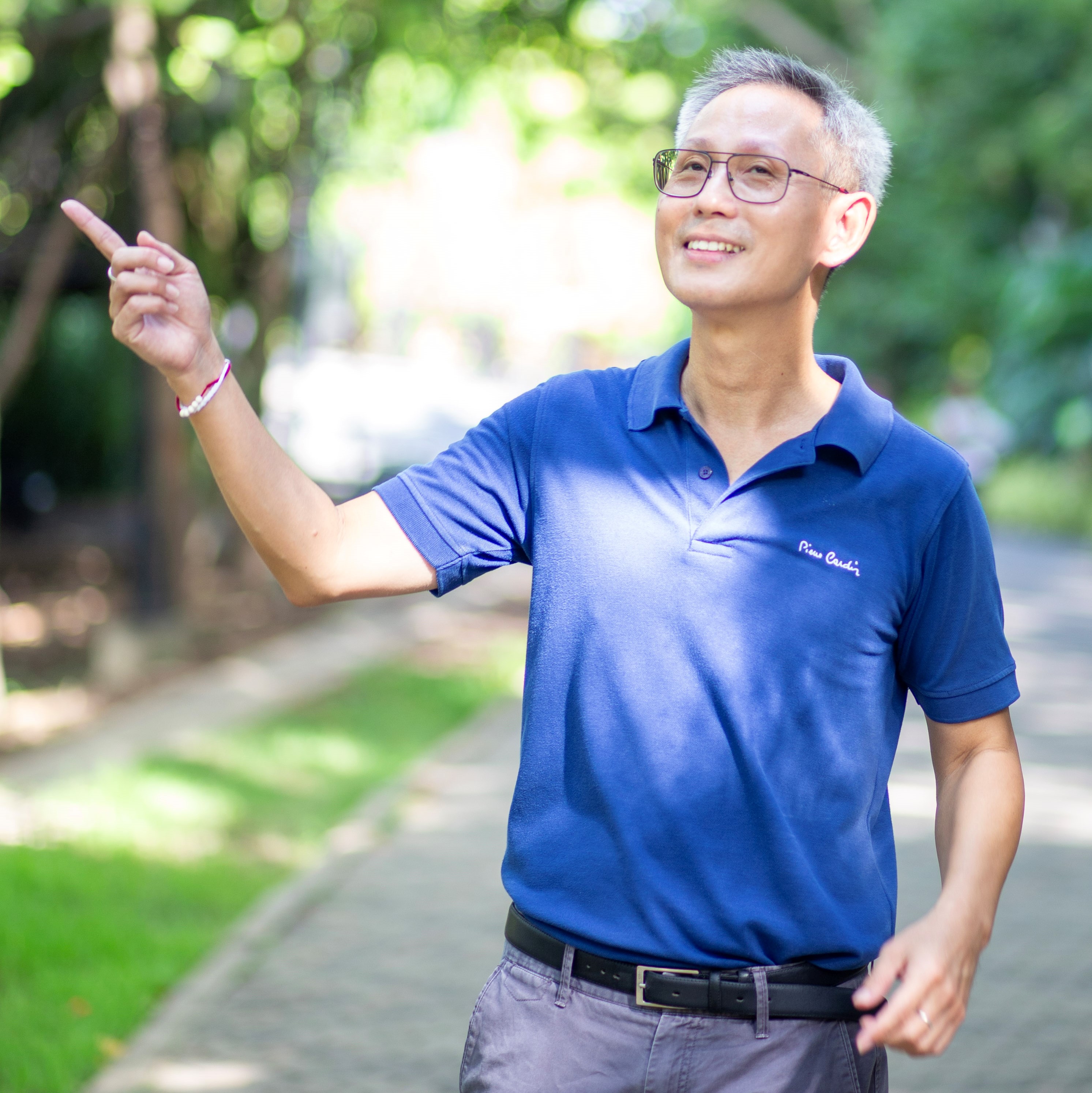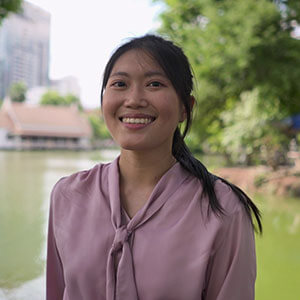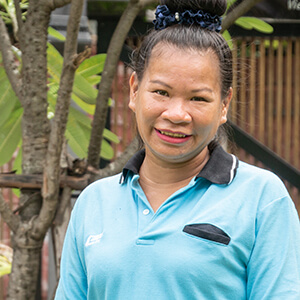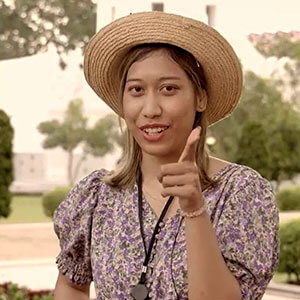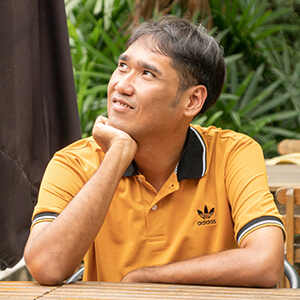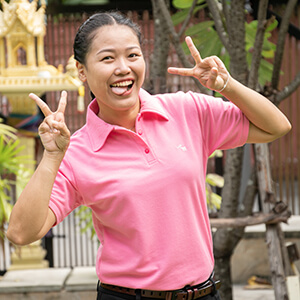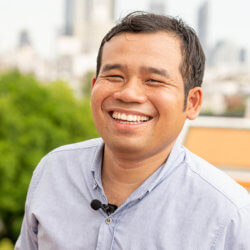Based on our comprehensive Deep Dive podcast exploring Bangkok’s essential experiences, from ancient temples to rooftop bars
Bangkok consistently ranks as one of the world’s most visited cities, and it’s easy to see why. This chaotic, electric metropolis offers an overwhelming array of experiences, from centuries old temples and magnetic street food to ultra modern skyscrapers and 24/7 energy. Our mission in this article is to demostrate just one of endless possible two day itineraries that capture the city’s essence without the information overload.
Day One: Temples, Heritage, and Riverside Charm
Start Early: The Historic Heart
Begin your Bangkok adventure in the historic Rattanakosin District. Every travel guide emphasizes the same crucial point: get an early start. This isn’t just about avoiding the heat, though Thailand’s tropical climate is no joke, it’s about experiencing these sacred sites before the tour bus crowds arrive.
Morning: The Temple Trinity
Wat Pho (Temple of the Reclining Buddha) Start with Wat Pho, home to Bangkok’s stunning 46 meter long reclining Buddha. This isn’t just a giant statue, it’s historically significant as the national headquarters for traditional Thai medicine and the birthplace of Thai massage. The detail and craftsmanship up close is breathtaking.
Wat Arun (Temple of Dawn) Cross the Chao Phraya River to reach Wat Arun, known for its striking 80 meter Khmer style tower covered in thousands of colorful Chinese porcelain mosaics. Pro tip for photographers: while beautiful during the day, Wat Arun is spectacular when viewed from across the river at sunset, something to potentially circle back to later.
The Grand Palace and Wat Phra Kaew Complete the temple trilogy with the Grand Palace and Temple of the Emerald Buddha, the former royal residence. Important dress code reminder: shoulders and knees (technically even ankles) must be covered, and enforcement is strict at this deeply respected royal and religious site. You can rent coverings there, but arriving prepared saves time and shows proper respect.
Cultural Bonus: White Lotus Connection
For pop culture fans, consider a detour to Wat Suanaram, an older Ayutthaya style temple further upriver whose murals supposedly inspired The White Lotus Season 3 opening credits.
River Transport: Your Highway Through History
The Chao Phraya River serves as your main transportation artery through historic Bangkok, often much better than navigating the roads. Use affordable orange flag public water taxis for efficiency, or splurge on a private longtail boat tour to explore Thonburi’s traditional wooden houses along the canals, a completely different world from central Bangkok.
Lunch: Authentic Thai Excellence
Cross the river to Dusit District for Krua Apsorn, a ‘Michelin Bib Gourmand’ restaurant known for authentic Thai family recipes. Their stir fried crab with yellow chili is particularly renowned. Expect queues, but service is quick and tables turn fast.
Afternoon: Creative Districts and Hidden Gems
Head to the transformed waterfront areas of Charoenkrung and especially Talat Noi. This fascinating neighborhood isn’t just about street art (though there’s plenty left over from the 2016 Bangkok Biennial), but rather the compelling coexistence of old industry and modern creativity.
Get lost in narrow alleyways where you’ll discover hidden shrines, amazing street art, and photogenic old auto parts shops with rusted cars. For a unique coffee experience, visit Mother Roaster, literally set above a functioning auto parts shop. Talk about contrast!
Evening: Chinatown’s Electric Energy
As the sun goes down, head to Yaowarat (Chinatown) for that electric, neon drenched atmosphere Bangkok is famous for. This area comes alive after dark, especially for street food.
Pre-dinner drinks: Start at Soi Nana near Chinatown (not to be confused with the other Soi Nana famous for different nightlife). This area features quality craft cocktail bars in restored shophouses, sophisticated but relaxed.
Dinner Options:
- Splurge: Po Tong, a ‘one Michelin star’ Thai-Chinese restaurant housed in the chef’s family’s old Chinese herbal pharmacy. This 20+ course experience requires advance booking but offers something truly unforgettable.
- Street Food: Stroll down Yaowarat Road for classics like smoky kuay jab (rolled noodles with crispy pork) or famous bouncy fish balls from Lim Lao Ngao. Tuk tuk food tours are popular and help you sample efficiently while avoiding the longest queues.
Day Two: Markets, Modern Life, and Sky High Views
Morning: Market Choice
Start day two with markets, but choose your focus:
Quality Focus: Or Tor Market Where Bangkok’s top chefs source premium ingredients. Think pristine produce, amazing fruit, and perfect mango sticky rice. It’s more upscale and boutique, focusing on absolute freshness and quality.
Scale Focus: Chatuchak Weekend Market (Weekends only) One of the world’s largest markets with over 15,000 vendors across 26 sections. You could spend all day here, but definitely need comfortable shoes and a loose plan or map to navigate this immense space.
Midday: Modern Bangkok Core
Head to the Ratchaprasong and Siam area, Bangkok’s buzzing commercial heart with big malls and department stores. Siam Square has a younger vibe with trendy shops and cafes where students hang out.
Cultural Break: Duck into the Bangkok Art and Culture Center (BACC), free entry, air-conditioned, and featuring rotating exhibitions focusing on Thai and Southeast Asian artists. A perfect way to escape the heat and crowds for an hour.
Historical Contrast: Visit the Jim Thompson House Museum, a serene compound of traditional teakwood houses right in the middle of city buzz. Thompson revived Thailand’s silk industry but mysteriously vanished in Malaysia in 1967, never to be found, adding intrigue to your visit.
Evening: Rooftop Perspectives
Cap off your Bangkok experience with the classic rooftop bar scene. It’s a fantastic way to escape street level heat and traffic noise while soaking in the incredible urban sprawl.
Options:
- High end: Sky Bar at Lebua (featured in The Hangover Part 2) for the full glamorous experience
- Great views, more affordable: Rooftop bar at Sala Rattanakosin Hotel, offering direct views across to Wat Arun, perfect for seeing the temple illuminated at night
Getting Around Bangkok: Combat the Traffic
Bangkok’s notorious traffic requires strategic transport planning:
Efficient Methods:
- BTS Skytrain and MRT subway: Your lifelines for longer distances, especially during rush hour. Fast, efficient, and air-conditioned.
- River transport: Orange flag boats and private longtails for historic area exploration.
Cultural Experiences:
- Tuk-tuk: A ‘must do’ culturally, but not always the cheapest option. Always agree on price before getting in.
- Grab and ride hailing apps: Generally convenient and often cheaper than metered taxis, especially in traffic.
Where to Stay
Sukhumvit Area: Loads of hotels and restaurants with easy BTS access, very convenient.
Riverside: Hotels like Mandarin Oriental or Sala Rattanakosin offer amazing views and easy riverboat access to the old city. Choose based on your priority: convenience versus charm.
Day Trip Extensions
If you have 3 to 4 days, consider these day trips out of Bangkok:
Ayutthaya: UNESCO World Heritage site with amazing ruins, only 1.5 hours away, the former capital is absolutely worthwhile.
Market Combo: Damnoen Saduak floating market (very touristy but still impressive) combined with the Mae Klong railway market, where vendors pack up their stalls multiple times daily when trains pass through, bizarre and brilliant.
Essential Practical Tips
Money: Cash is still king at street food stalls and smaller markets, though cards work fine in bigger establishments.
Language: English is widely spoken in tourist areas, but learning basic Thai phrases (hello, thank you, excuse me) shows respect and the appreciation from locals smooths interactions.
Cultural Respect: Remember dress codes for temples, always agree on prices for tuktuks, and stay hydrated in the tropical heat.
The Deeper Layer: Bangkok’s Hidden Waterways
While this itinerary covers the essential Bangkok experience, balancing ancient temples with modern energy, street food with Michelin stars, there’s a deeper layer worth considering for future visits. Bangkok was once called the “Venice of the East” because its canals (klongs) were the main highways. Many still exist, especially on the Thonburi side, offering a more authentic glimpse into the city’s soul before modern development took over.
Those longtail boat tours through the old klongs, away from the Skytrain and malls, might actually provide the most essential understanding of Bangkok’s character, a fascinating contrast to explore on your next visit.
For detailed insights and local recommendations, listen to our complete Bangkok Deep Dive podcast above.

